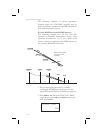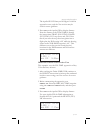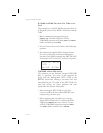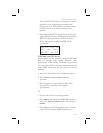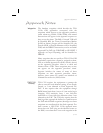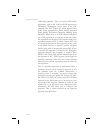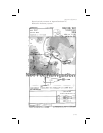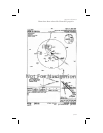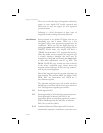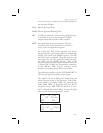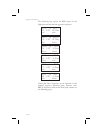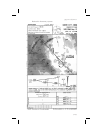underlying approach. There are many GPS overlay
approaches, such as the VOR or GPS-B approach to
Wenatchee Washington, where there is no FAF
inbound. The EAT VOR is the Initial Approach Fix
(IAF), Final Approach Fix (FAF), Missed Approach
Point (MAP), and Missed Approach Holding Point
(MAHP). When there is no FAF inbound waypoint
for a GPS approach, it is necessary to add one so that
the equipment can do these TSO required tasks. This
equipment-required FAF is called a sensor FAF and
it is always located on the final approach course prior
to the MAP. If there is already a named waypoint
which can be used, it becomes the sensor FAF. If not,
a sensor FAF waypoint is created. In the Wenatchee
approach example, this waypoint is named FF285.
FF285 is the sensor FAF and the inbound course for
the approach is 285°. FF285 appears on the Jeppesen
approach procedure chart, but not on the National
Ocean Service (NOS) approach procedure chart for
this approach.
This is especially important to understand when a
procedure turn or course reversal is required. If you
are inbound from the CASHS intersection, a
procedure turn is required. You must execute this
procedure turn on your Apollo GX relative to FF285,
the TSO C129a FAF, not relative to the EAT VOR as
depicted on the NOS chart as it is necessary to cross
this sensor FAF waypoint inbound in order for the
Apollo GX to go approach active (approach active
annunciator lit) and allow you to complete the
approach. This is clearly depicted on the Jeppesen
approach procedure chart.
9-78
Approach Notes



